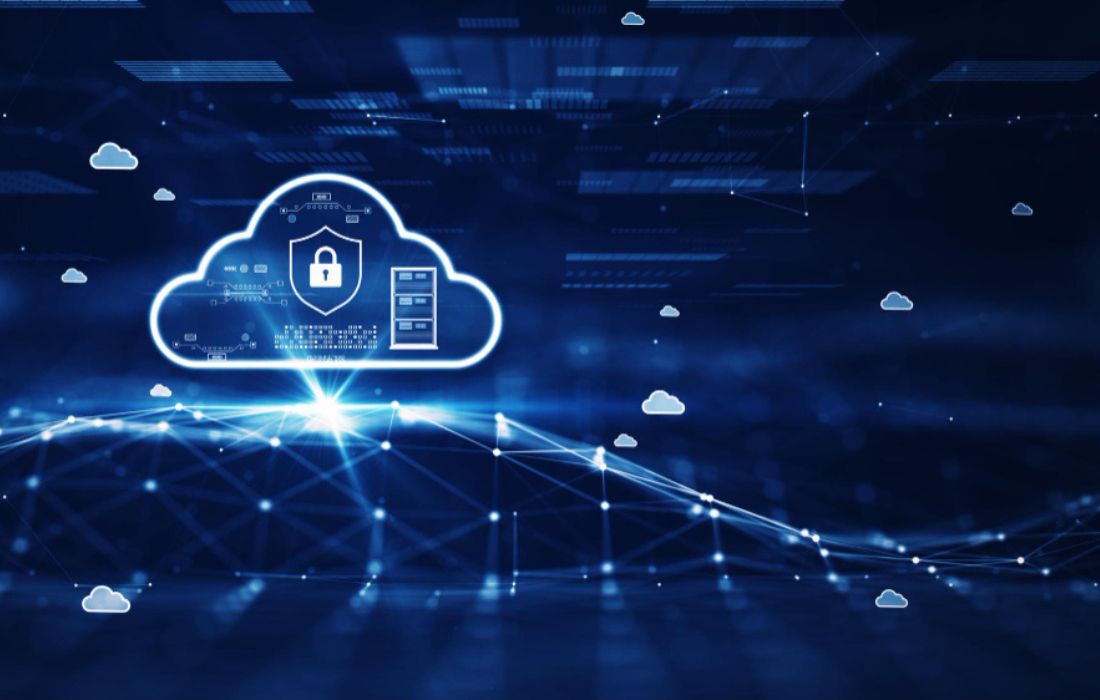Table of Contents
Introduction
Cloud computing is a new emergent paradigm that has revolutionized the approach to storing and processing data within a business environment. Although it provides the capability to grow, be more versatile, and be cost-effective, it comes with new security challenges. Cloud security simply means the procedures and measures used with the aim of safeguarding cloud-based information, applications, and technology resources against threats incurred by other parties. Ever since companies have begun migrating to the cloud, it is imperative to comprehend cloud security for data confidentiality, compliance, and data protection.
Why Cloud Security Matters
Cloud computing on the other hand, has provided more ways of accessing data as this has also exposed businesses to cyber risks. Without security enforcement, organizations have the potential for data loss, financial loss, negative publicity and non-compliance. As it has been revealed in the breaches of most industry leaders, no one is assured from web phishing attacks. They are able to crack poor authentication and set up states, cloud security gaps, or extra protocols to gain access to persons, statements, and valuables.
Facilitates the protection of the company’s information, discourages intrusion, maintains system accessibility, and enhances adherence to regulatory frameworks such as GDPR, HIPAA, and ISO 27001.
Key Challenges in Cloud Security
Despite its benefits, cloud computing presents several security challenges that organizations must address:
- Data leak: The most significant threat is data leak, where unauthorized persons breach computer storage units in the cloud. It is also common practice for an attacker to take advantage of-orange and or weak credentials an organization, or their system may have in order to gain entry into the system. Another difficulty pertains to insider threats, which are those cases where an organization’s employees or third-party users seek unauthorized access or misuse the information that they are authorized to access
- Misconfiguration: One of the most prevalent problems that result in such incidents is the misconfiguration of the solutions. Most organizations are not well-fashioned in the way they put security controls, hence making cloud resources vulnerable to cyber threats. APIs used in many of these applications are also insecure, and third-party integration used in applications can pose threats that can be manipulated by attackers.
- Hard to identify: The next problem is that it is hard to have control over the process and its visibility. Specifically, it is significant to note that in a cloud environment, an organization or an enterprise can have relatively less control over the networks because such environments are governed by service providers. This can make it hard for security analysts to identify these threats in the early stages before they manifest fully
- Compliance issues: Where compliance and regulatory requirements are part of the picture, the problem becomes even larger. Businesses that deal with PII, for instance, have to protect the information to meet compliance regulations, especially with cloud structuring, since the responsibility is split between the organization and CSPs.
Best Practices for Cloud Security
To mitigate risks and protect cloud assets, organizations should implement robust security strategies tailored to their cloud environment.
- To implement effective protection measures and reduce risks that threaten cloud assets, it is essential to use effective security measures specifically developed for the given cloud environment.
- Accountability and control of users who are allowed to access business systems are very important to prevent such occurrences. Organizations should embrace the use of MFA and RBAC as well as strict password policies that meet the standards of an organization to prevent unauthorized personnel from accessing organizational data.
- More security is provided when data is encrypted during transference and storage. Cloud encryption obscures the data and prevents any interception by the culprits or even accessing the data; the attacker cannot comprehend them.
- Risk assessment and security assessment are essential reviews that enable organizations to analyze their risks and be in a position to work within set legal requirements.
- One of the critical aspects that security really needs to push in the steps to automate is security updates and patch management. Hackers typically are looking for programs that have not been updated and are thus WILLING to exploit any unpatched weaknesses.
- It is also important for organizations to have a data backup and disaster recovery policy to reduce or/avoid realizing high losses of time or data in the wake of an attack or system crash.
The Role of AI and Machine Learning in Cloud Security
Cloud protection is receiving new and efficient approaches due to the use of artificial intelligence and machine learning. These technologies help to analyze huge quantities of data to search for patterns that could mean a security infringement.
Using artificial intelligence, there are protective applications that can determine likely attacks by studing the activity of a user. They can also automate threat response meaning that organizations will be awake to the threats and will also be able to curtail the impact within the shortest time possible.
It can and it does–it enhances organizations’ ability to detect fraud, validate identities, and monitor networks in the process of improving an entity’s security situation. In the given context, the reliance on AI-supported solutions shall be deemed essential in the intricate cloud environment to safeguard the data.
Conclusion
Safeguarding data in the cloud is an important factor in managing the business since it acts as a location where data and information can be secured and protected from various threats. Consequently, the threats are equally on the rise, implying that while migrating to the cloud more attention must be paid to security issues, artificial intelligence solutions identified and secured against potential threats must be used.
Reduced access control, proper encryption of data, use of automated security patching, and utilization of AI and machine learning can make cloud environments more secure and reduce risks. Given the ever-evolving advance in cyberattacks, organizations cannot afford to adopt the approach of waiting for an attack to happen before they start thinking of implementing security measures in their cloud environment.







